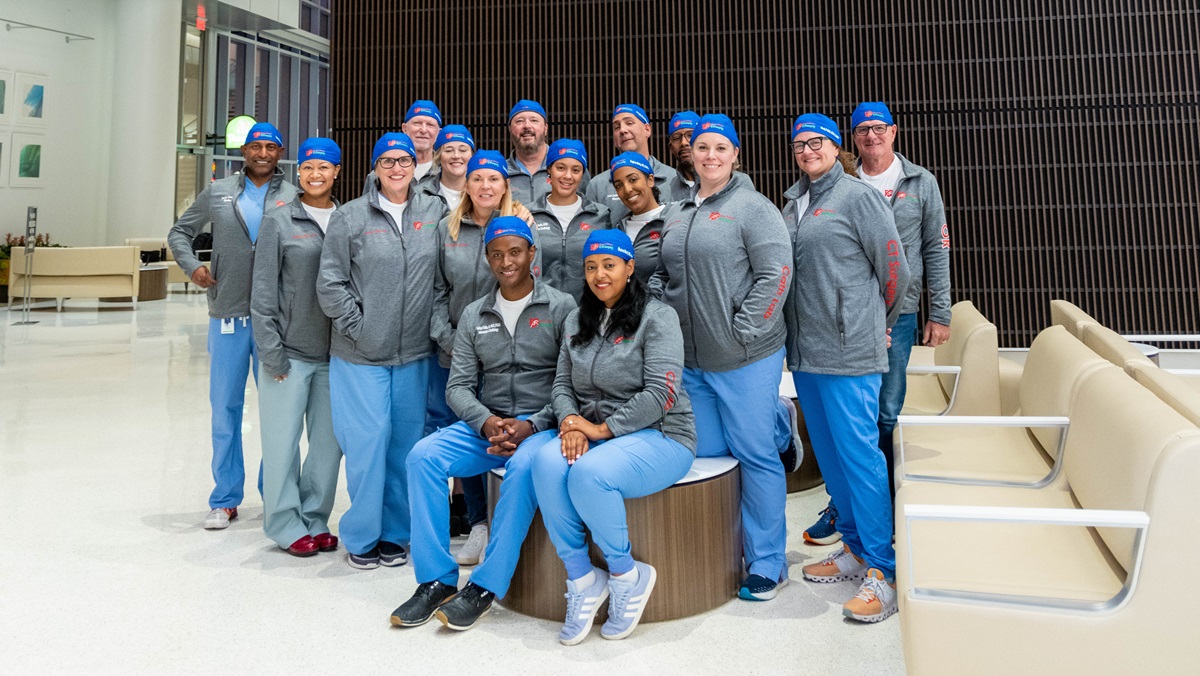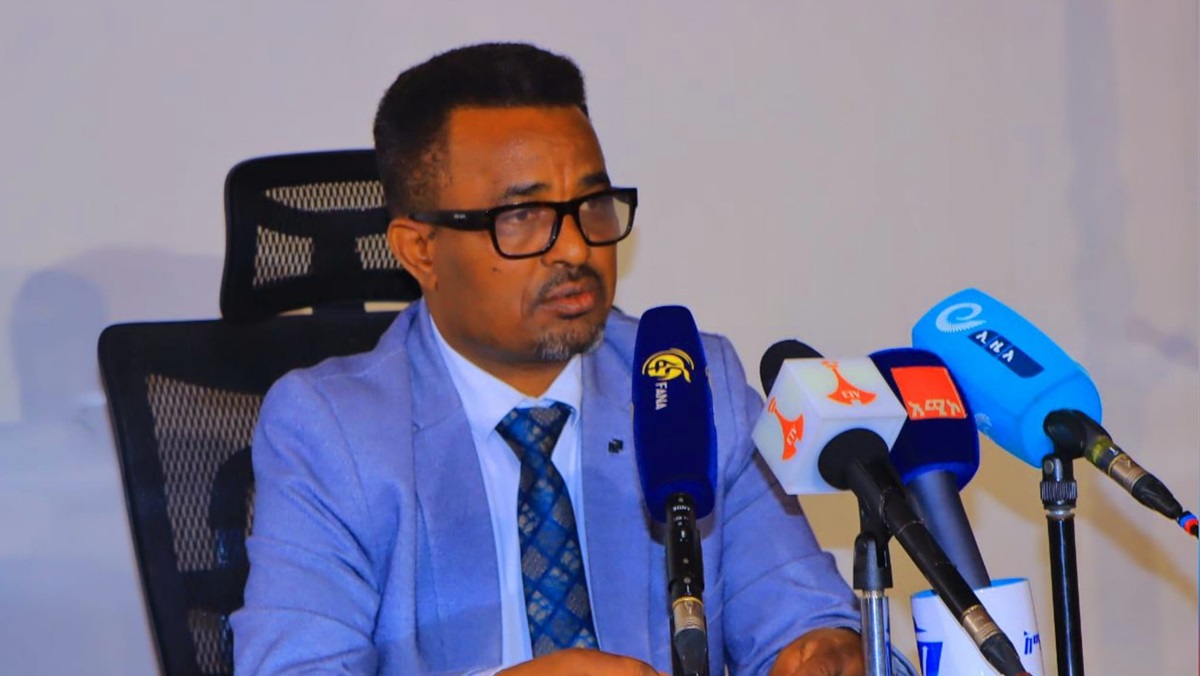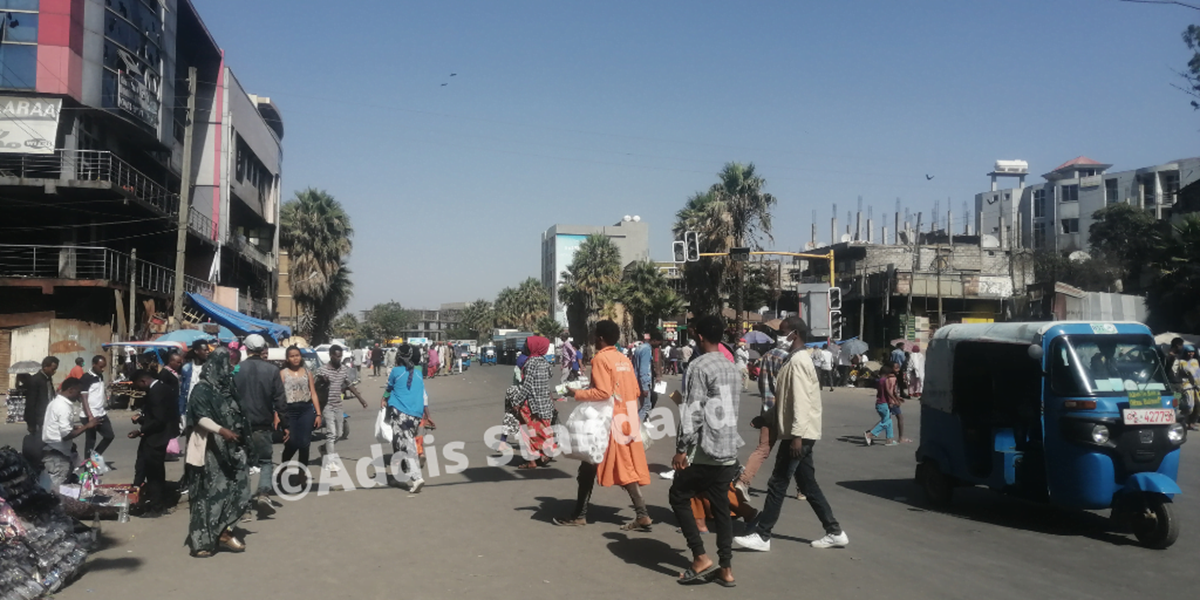News: 95 metric tons of medical supplies ready for Tigray, but no permission given yet: WHO

Addis Abeba – Dr. Tedros Adhanom, Directo General of the World Health Organization (WHO) told the press this afternoon that the WHO and its patrners have readied additional 95 metric tons of supplies to the war-torn, blockaded Tigray “but no permission has been given yet.”
Dr. Tedros said that six million people in Tigray, where about three-quarters of health facilities assessed by WHO have been damaged or destroyed, “have been under blockade by Ethiopian and Eritrean forces for almost 500 days, sealed off from the outside world.” There is nowhere on earth where the health of millions of people is more under threat than in Tigray, the Director General of the World’s health body said.
“The blockade on communications, including on journalists being able to report from Tigray, means it remains a forgotten crisis – out of sight, and out of mind.”
Dr. Tedros Adhanom
In February, WHO and partners were able to airlift more than 33 metric tonnes of medicines and other supplies to Tigray, “enough for 300 thousand people”, and the first time WHO and partners have been able to deliver supplies since July last year, he said. In the past two weeks, WHO and our partners have distributed supplies to 65 health facilities in Tigray, “but much more is needed.”
WHO estimates that 2,200 metric tons of emergency health supplies are needed to respond to urgent health needs in Tigray. “Only 117 metric tons have been delivered – less than 1% of what is needed,” he said.
“Household food consumption has reportedly drastically decreased, prompting an increase in malnutrition rates among children and pregnant and lactating women”
UNOCHA
“People are dying” due to the impact of all this across other medical cases in Tigray, according to Dr. Tedros. “There is no treatment for 46,000 people who need treatment for HIV, and the program has been abandoned. People with tuberculosis, hypertension, diabetes and cancer are also not being treated, and may have died.”
Further compounding the crisis is the blockade on communications, including on journalists to be able to report from Tigray, “means it remains a forgotten crisis – out of sight, and out of mind.”
“Yes, I am from Tigray, and this crisis affects me, my family & my friends very personally. But as the Director-General of WHO, I have a duty to protect & promote health wherever it is under threat.”
The as it continues to call on Russia to make peace in Ukraine, WHO calls on Ethiopia and Eritrea “to end the blockade – the siege – and allow safe access for humanitarian supplies and workers to save lives.”
Dr. Tedros’ remarks came in the heels of the latest report by the UNOHCA despite the airlifting of medical and nutrition supplies since January, access to health remains minimal, particularly in rural areas where lack of fuel has impacted the distribution of medicines.
Lack of fuel and commercial supply has prompted a sharp increase of commodity prices, (flour and beans by 414 per cent and 620 per cent), according to the UN. “Household food consumption has reportedly drastically decreased, prompting an increase in malnutrition rates among children and pregnant and lactating women.”
The limited availability of fuel has constrained the humanitarian response to critical levels. Partners are using animals to transport supplies and walk long distances to deliver nutrition services. Relief stocks are depleted, and lack of fuel has forced partners to halt or significantly reduce operations, leaving millions unassisted, UNOCHA further cautioned.
“There is almost no fuel, no cash & no communications. No food aid has been delivered since the middle of December. 83% of the population is food insecure. Our partners are running out of what little food they have & the fuel to transport it,” Dr. Tedros told the media. “The blockade on communications, including on journalists being able to report from Tigray, means it remains a forgotten crisis – out of sight, and out of mind.”
He also cautioned that the humanitarian situation in the Afar regional state also continues to deteriorate, “with tens of thousands of people displaced and in need of food, shelter and health services. “But while the neighboring regions of Afar and Amhara are also affected, we have had far better access to those two regions than we have in Tigray.”
“Thousands of people are reported to be trapped within conflict areas, without any assistance as access is not possible due to insecurity.”
UNOCHA
Afar
The UNOCHA said that heavy fighting in February in Abala, Dalol, Konneba and Berahle, Megale and Afdera woredas, in Afar regional state displaced hundreds of thousands. “In Afdera, thousands of IDPs sheltered in various sites, without any water and sanitation facilities or access to services. Thousands of people are reported to be trapped within conflict areas, without any assistance as access is not possible due to insecurity.”
“In North Gondar, sporadic hostilities were reported in Addi Arkay woreda. Partners have been unable to mobilize any aid through Gondar – May Tsebri – Shire since June.”
UNOCHA
Amhara
whereas in Amhara region, Eastern Amhara is among the most heavily affected areas due to the spillover of armed clashes from Tigray in 2021. In North and South Wollo zones, partners scaled-up the response to assist hundreds of thousands of IDP returnees. Access to some kebeles bordering southern Tigray in Raya Alamata woreda, especially in Raya Kobo, remained limited due to sporadic clashes. Most of Wag Hamra became accessible, including Lalibela and Sekota towns, while Abergele and Tsagbeji woredas remain hard to reach. In North Gondar, sporadic hostilities were reported in Addi Arkay woreda. Partners have been unable to mobilize any aid through Gondar – May Tsebri – Shire since June. AS








